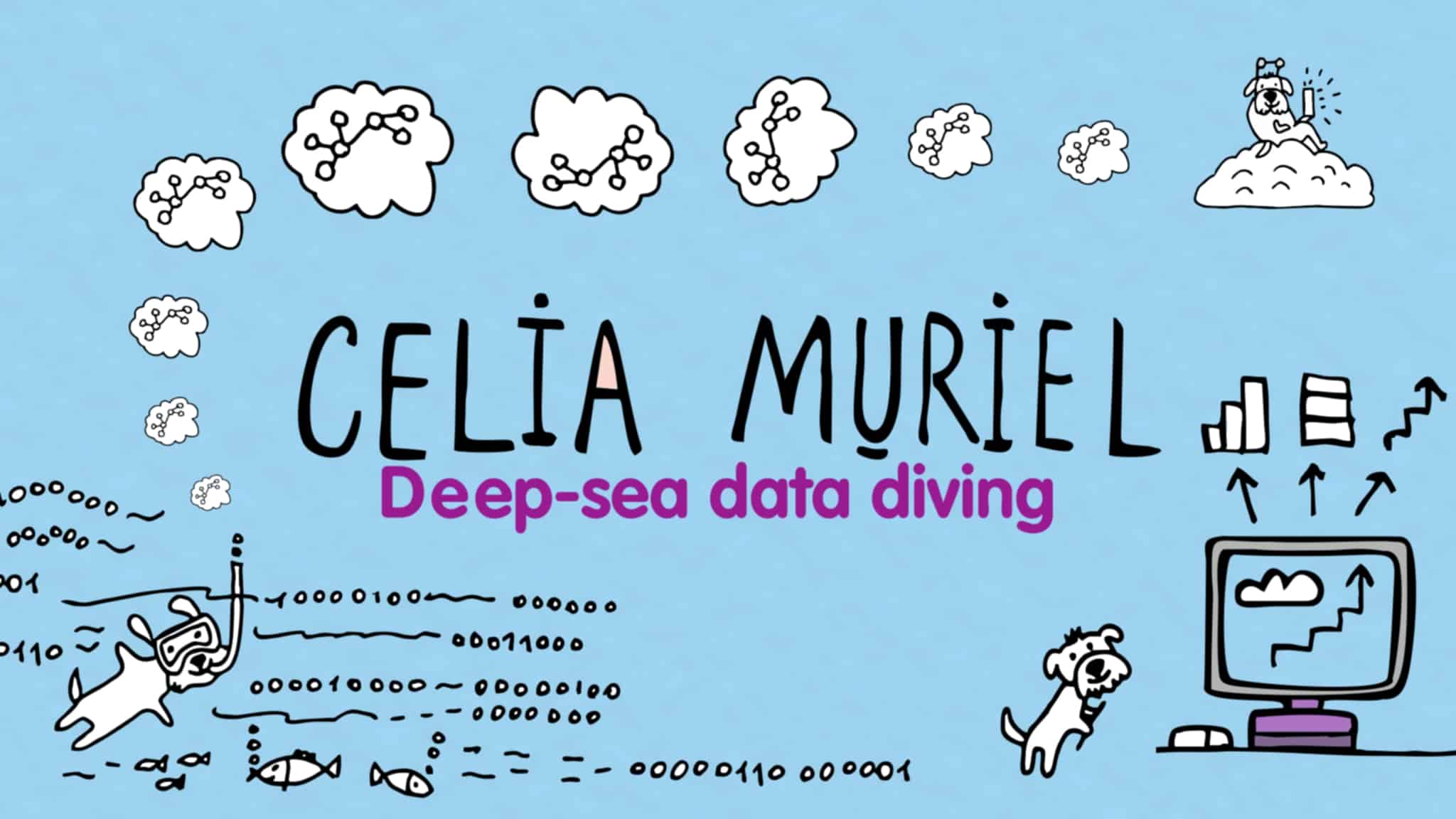
When I became interested in Artificial Intelligence (AI), I tried to understand what it meant and what could be considered AI. I searched on the internet to find a good definition and start there. I spent months reading anything I could find on AI, and the definition was still slippery.
Then I started looking for definitions of intelligence as I thought it would help me better understand, but I was still confused.
After some time, I came across a simple explanation of AI proposed by Thomas Malone, Director of the MIT Center for Collective Intelligence.
While this definition was good enough to work, it wasn’t accurate enough to fully understand AI and how far we can reach with it.
AI are machines acting in ways that seem intelligent.
While this definition was good enough to work, it wasn’t accurate enough to fully understand AI and how far we can reach with it.
However, shortly after, I found a precise definition by Patrick Winston, Ford Professor of AI and Computer Science at MIT:
AI is about the architectures that deploy methods enabled by
constraints exposed by representations that support
models of thinking, perception, and action.
This definition is complicated but entirely accurate if we split it and analyse every chunk independently.
If you get the representation right of an initial set of requirements, you are almost done to solve the problem given. Representations support models of thinking, perception and action.
Models behave to some extent as the real thing, and they allow to predict, to understand, to calculate. Their real value is that it exposes constraints.
Constraint makes methods possible.
All methods in a system must be organised into some overall architecture that deploys them.
Another definition is the one that The Age of AI proposes in its first episode:
AI is a branch of computer science dealing with the simulation of intelligent behaviour in computers.
Anyway, there are three main types of AI:

AI types can complement each other. For example, we can use Machine Learning, Natural Language Processing, and Mechanics (no AI) to build a robot.

Finally, when we get into AI, we hear many other names, which are Machine Learning techniques. Below there is a comprehensive diagram with these techniques.

As Professor Thomas Malone explains [1], AI is not about creating smarter machines but creating more intelligent organisations.
He developed the concept of “Collective Intelligence”, a group of individuals collaborating in ways that seem intelligent. This concept has been around for some time in armies, governments and organisations. The novelty is that, with the new technologies that have arisen in recent years, there are other ways of collective intelligence.
In my opinion, our goal in technology should be connecting people and computers so that – collectively – they act more intelligently than any person or group of machines.
Finally, if you are curious about Artificial Intelligence and want to know more, the course Elements of AI is a comprehensive, intuitive introduction to artificial intelligence. It is a set of classes meant to explain and demystify Artificial Intelligence to the population, independent of their knowledge of technology. The University of Helsinki and Reaktor developed the classes. The Finnish Government initially sponsored them. Afterwards, the European Commission translated the course into the Union’s official languages.
[1] Thomas W. Malone. “Superminds”. Little, Brown and Company. First edition: May 2018.


Leave a Reply